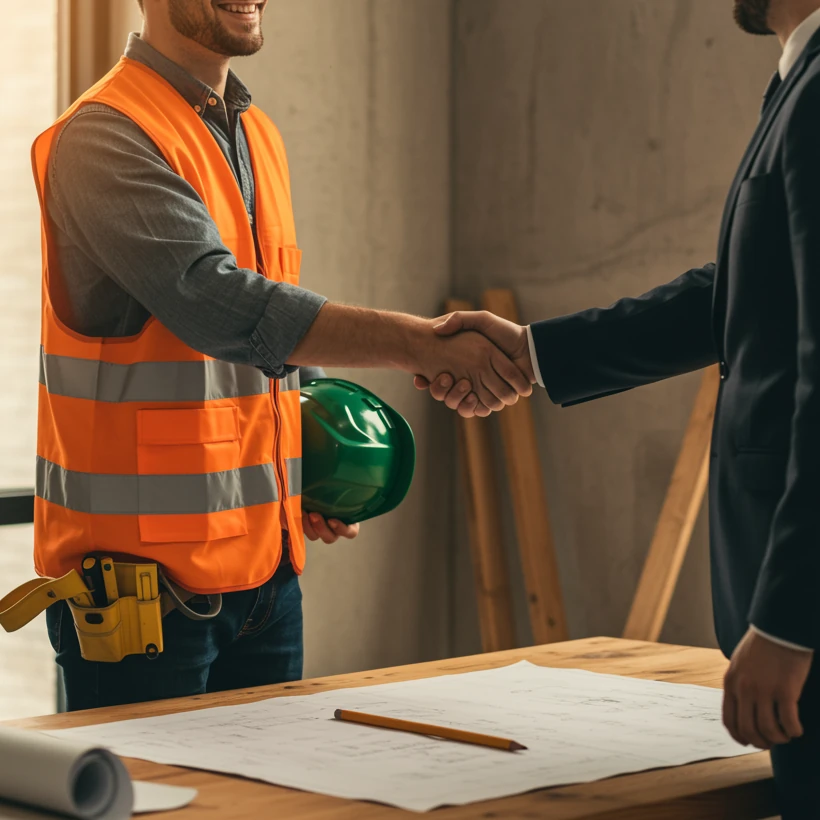
Lift Modernisation, Replacement & New Installations
Future-Proof Your Building with Smarter Lift Solutions
A well-planned lift upgrade, replacement or new installation ensures compliance, improves efficiency, and enhances safety. Equity Elevator Consultants provides independent, expert-led guidance to help you make informed decisions, reduce costs, and ensure your building meets current and future standards.
Smarter, Safer Lift Solutions
Independent Expertise in Lift Modernisation, Replacement & New Installs
Whether you need to modernise an ageing lift or install a brand-new lift system, our elevator consultants provide end-to-end guidance to optimise performance, safety, and cost-effectiveness.
From feasibility studies to project management, we streamline the entire process, coordinating with contractors, strata managers, and engineers to deliver seamless lift modernisation and lift installation.
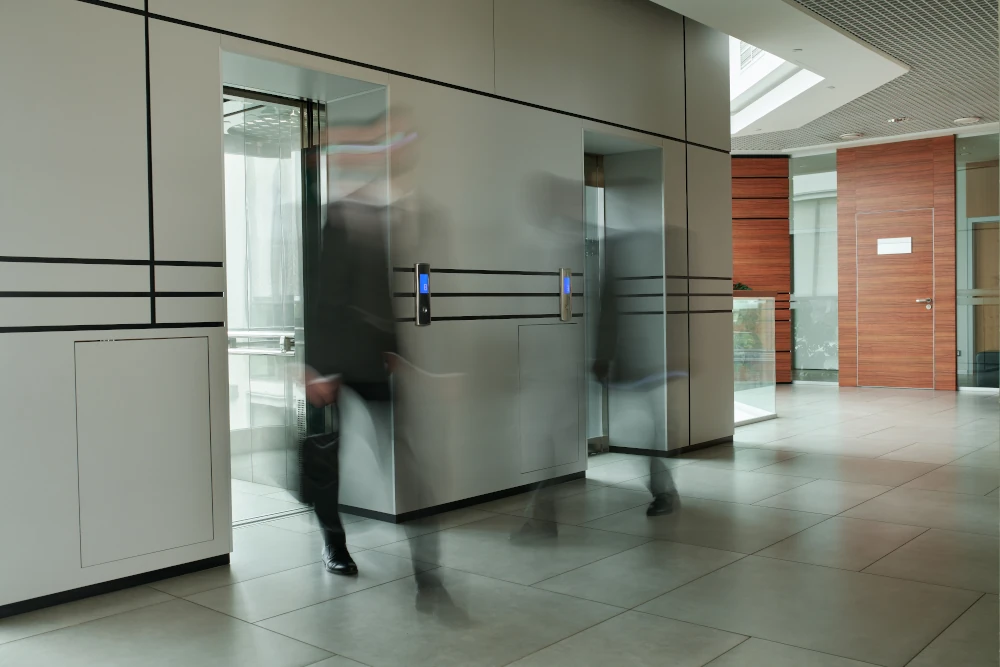
Why Clients Choose Equity
Measurable Impact of Independent Expertise
We don’t just advise, we transform how your building operates, performs, and complies. From reducing long-term maintenance costs to improving safety and enhancing asset value, our independent consultancy delivers measurable outcomes at every stage of your lift modernisation, replacement or new installation.
Reduce Costs & Increase Efficiency
Lower long-term expenses with energy-efficient, low-maintenance upgrades.
Ensure Compliance & Safety
Meet AS 1735 lift safety standards and avoid costly non-compliance issues.
Improve Building Value
A modern, reliable lift system enhances tenant satisfaction & property appeal.
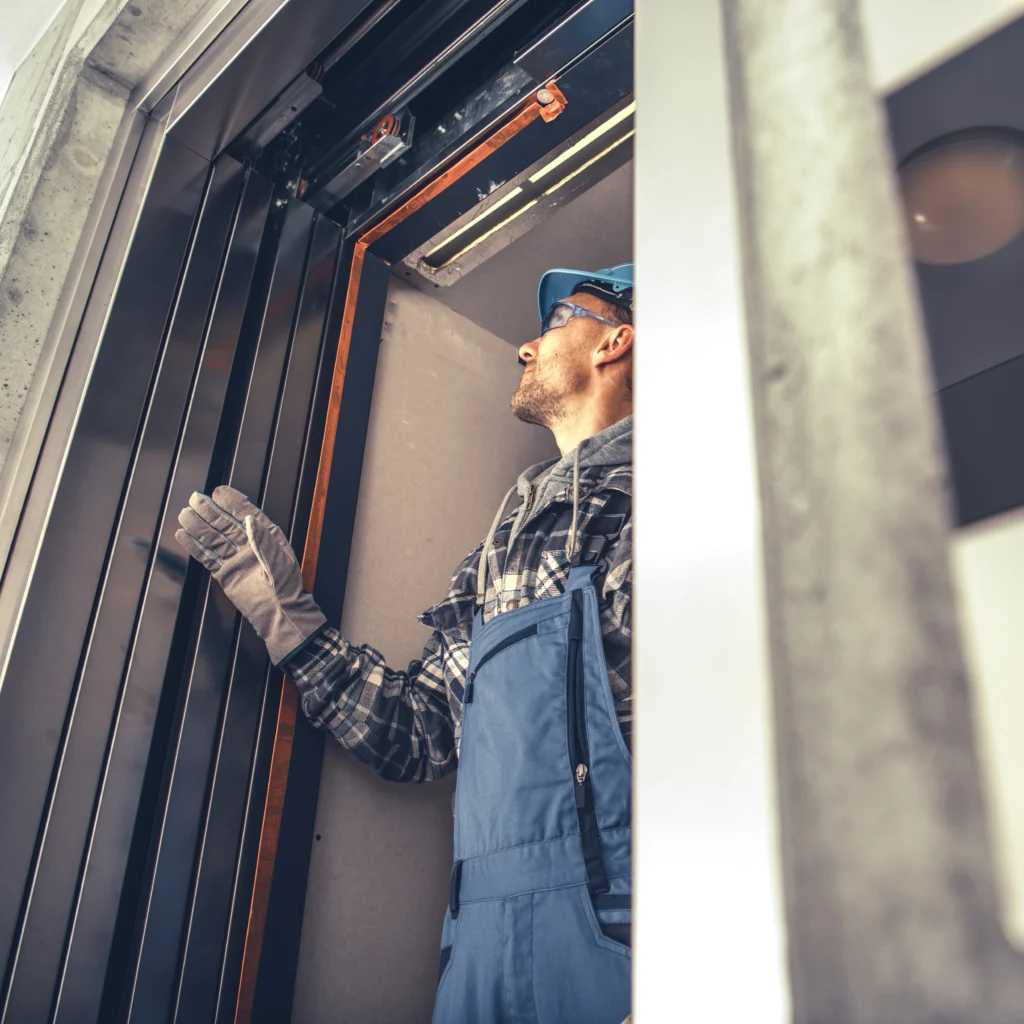
Don’t Wait for a Breakdown
When Should You Upgrade or Replace Your Lift?
If your lift is outdated, unreliable, or non-compliant, it might be time to consider a modernisation or full replacement. Common signs your lift may need expert attention include:
- Frequent breakdowns or callouts
- Slow or sluggish ride performance
- Noisy, jerky, or uneven operation
- Outdated safety systems or non-compliance with AS 1735
- High energy usage and rising maintenance costs
- Negative tenant feedback or reduced property value
Real Results
How Our Upgrade Strategies Reduce Costs & Risk
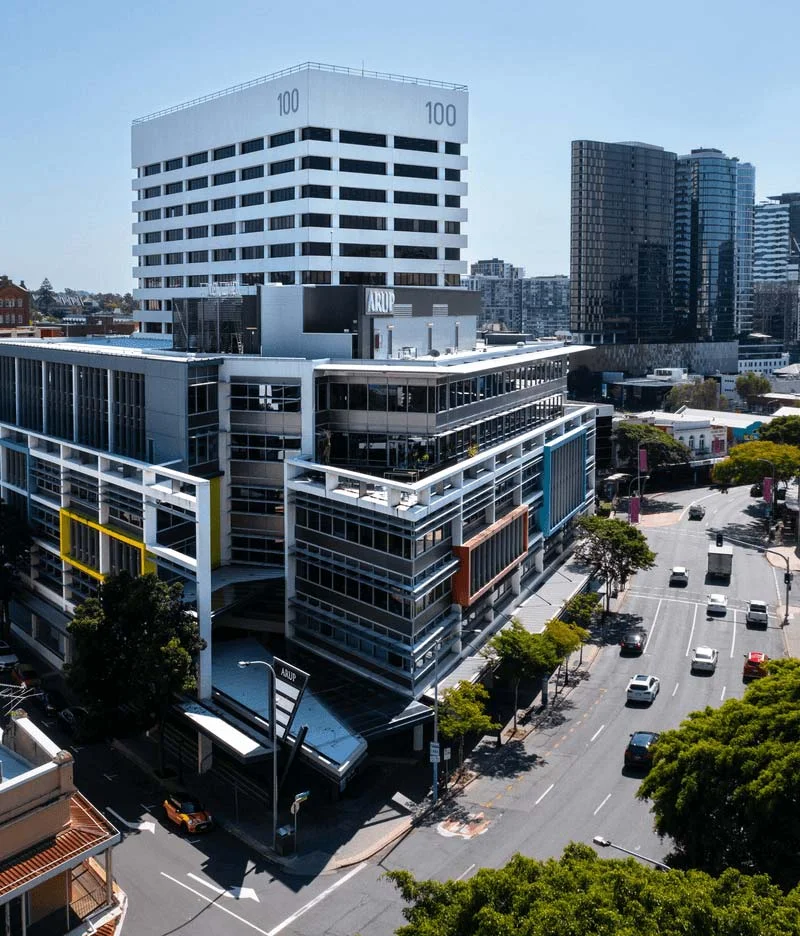
100 Wickham Street, QLD – Modernisation
Upgraded six elevator systems with gearless hoist machines, advanced control and drive systems. Installed new car power door operators, operating panels, and premium interiors, improving functionality, compliance, and user experience, elevating the overall standard of the building’s vertical transport facilities.
We began with a comprehensive audit to identify system inefficiencies, compliance issues, and opportunities for lifecycle cost improvements. The upgrade included new gearless hoist machines, advanced control and drive systems, and premium car interiors to enhance both functionality and aesthetics. New car power door operators and updated operating panels improved accessibility and reliability, while microprocessor controls optimised ride performance.
We managed the specification, tendering, and contractor oversight to ensure the works aligned with the client’s operational and budgetary goals. Installation and commissioning were carefully coordinated to minimise disruption to building tenants. This project delivered improved energy efficiency, enhanced passenger comfort, and reduced maintenance requirements, resulting in a vertical transport system that meets current AS1735 and WHS compliance while providing long-term operational resilience.
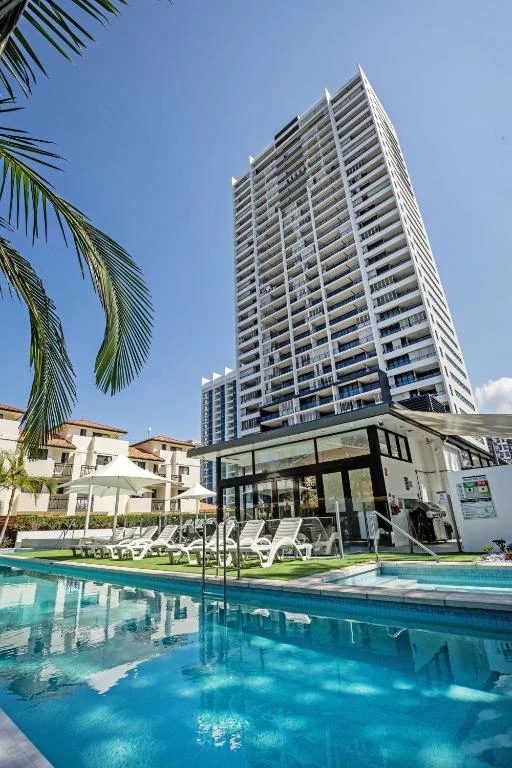
Ultra on Broadbeach, QLD – Modernisation
Modernisation of two passenger lifts. TK Elevators Gearless machines, controllers, door drives, car and landing fixtures.
The upgrade included replacing control systems, drive equipment, and door operators, as well as installing new fixtures to improve accessibility and user experience. We managed contractor selection, ensuring the chosen solution aligned with both the luxury residential setting and operational requirements. Works were staged to minimise disruption to residents, while performance tuning improved ride comfort and travel speed.
The completed project delivered energy-efficient operation, reduced downtime, and extended the lifecycle of the lifts, meeting all AS1735 and WHS compliance standards. Ultra on Broadbeach now benefits from a modern vertical transport system that reflects the high standard of the property.
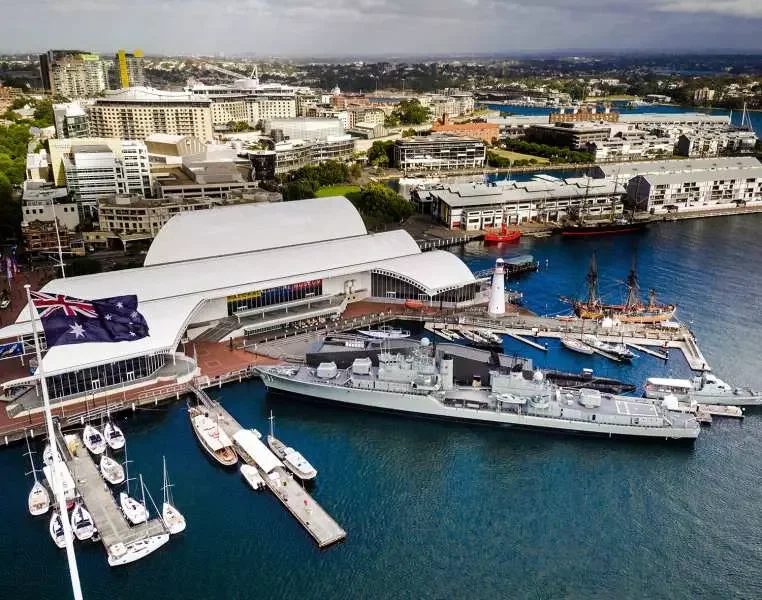
Australian National Maritime Museum, NSW – Replacement & Maintenance Tender
Appointed by ANMM to replace the Exhibition Hall hydraulic freight lift with a KONE MRL Gearless 3500kg, modernise the Warship Pavilion passenger lift, and manage the tender for the ANMM lift maintenance portfolio, enhancing operational efficiency and service quality.
We also oversaw the modernisation of the Warship Pavilion passenger lift, ensuring compatibility with the site’s operational demands and public safety requirements. Our scope included a full compliance audit, tender preparation, and procurement management for the museum’s lift maintenance portfolio. Working within the constraints of a heritage and high-traffic public facility, we developed a staged works program to minimise operational impact while meeting AS1735 and WHS standards.
The project delivered significantly improved reliability, energy efficiency, and accessibility, with all systems now supported by a cost-effective and performance-focused maintenance contract. This upgrade future-proofs the museum’s lift assets, extending service life while ensuring a safe and efficient experience for visitors and staff.
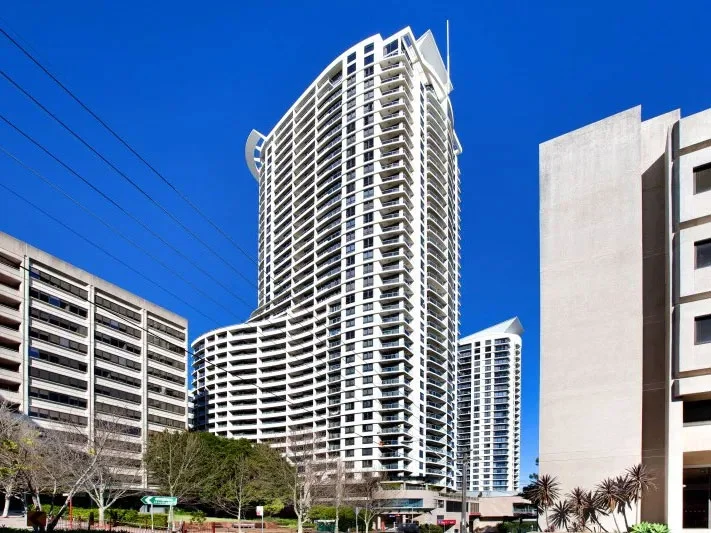
Forum High & Mid-Rise Residential, NSW – Modernisation
Installed eight gearless hoist machines, controllers, drive systems, and car power door operators. Upgraded fixtures, prime interior finishes, and enhanced safety with updated lift code, WH&S improvements, and improved energy efficiency, ensuring compliance, performance, and extended operational life for lifts.
Equity Elevator Management delivered a major modernisation program across eight lifts, replacing outdated hoist machines with gearless traction technology and installing advanced drive systems. New car interiors and fixtures improved accessibility and aesthetics, while control upgrades enhanced operational efficiency and safety. The project was completed in compliance with AS1735 and delivered significant improvements in passenger comfort and reliability.
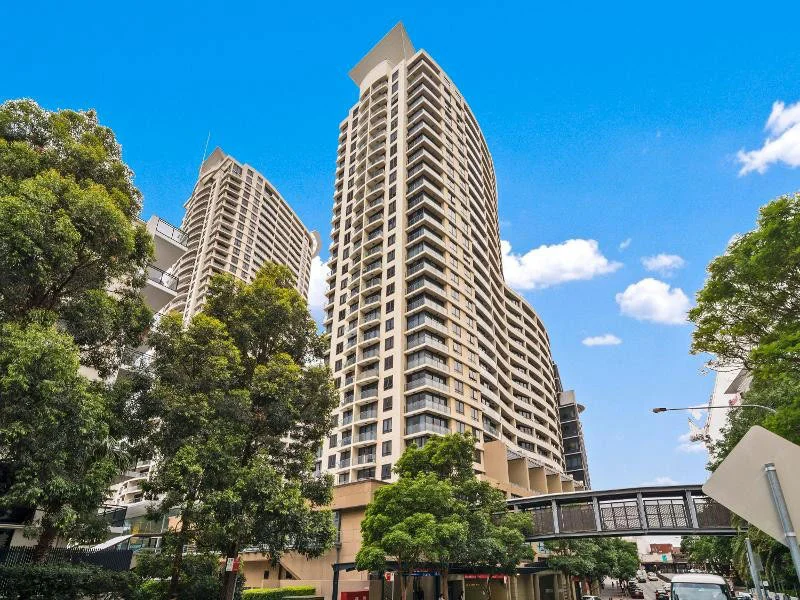
Forum Residential & Commercial Towers, NSW – Modernisation
Upgraded eight passenger lifts with new hoist machines, controls, drives, and aesthetic car finishes. Ensured compliance with safety and WH&S standards in low and high-rise banks, significantly improving building vertical transport efficiency, reliability, and passenger experience for all users.
We upgraded eight lifts serving both residential and commercial tenants, installing new hoist machines, microprocessor controls, and regenerative drive technology. These works improved travel speeds, reliability, and energy efficiency while maintaining compliance with AS1735 and WHS standards. The upgrades enhanced the tenant experience and extended asset service life.
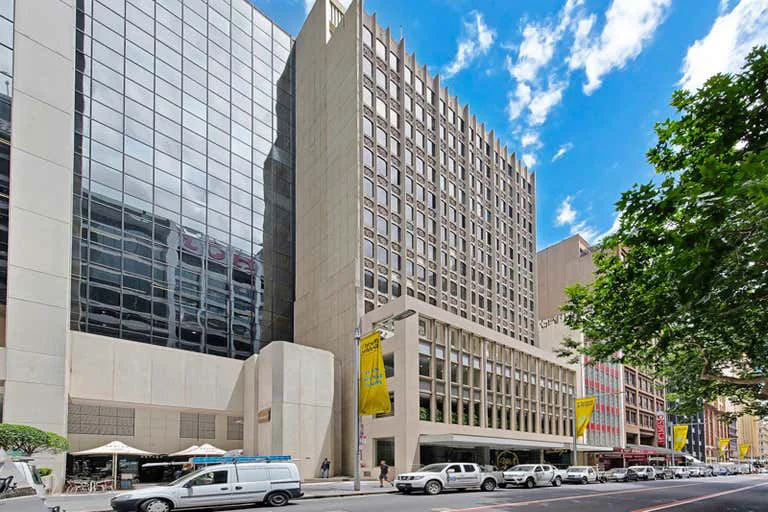
The York, NSW – Modernisation
Installed new KONE gearless hoist machines, updated control and drive systems, upgraded interiors, operating panels, and fixtures. Modernised four passenger lifts with controllers, door drives, car and landing fixtures, improving reliability, user experience, compliance, and operational performance across the building.
The York’s lift systems were upgraded with new KONE gearless traction machines, control systems, and enhanced safety features. Works were staged to minimise disruption to residents, with all upgrades meeting AS1735 standards. The result was a smoother ride, improved speed accuracy, and reduced downtime.
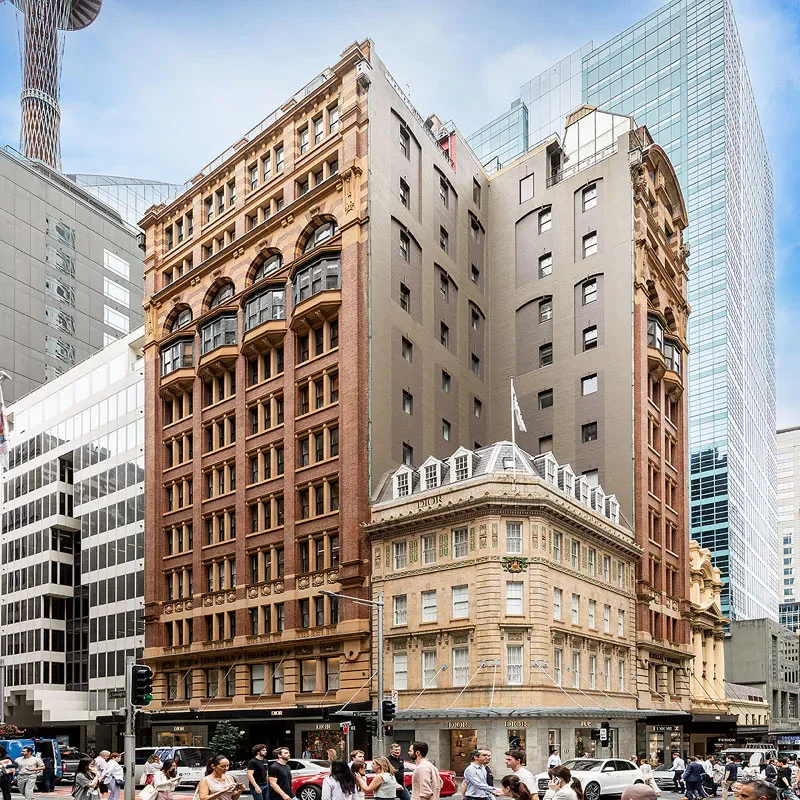
Culwulla Chambers, NSW – Modernisation
Modernisation of three passenger lifts in this iconic Sydney CBD Heritage-listed building. Upgrades with KONE Gearless machines and state-of-the-art controllers, door drives, car and landing fixtures with prime interior finishes.
At Culwulla Chambers, a heritage commercial property, we modernised three lifts with new control systems, drive equipment, and door operators. Heritage considerations were factored into the works, ensuring compliance while preserving the building’s character. The upgrades improved safety, performance, and energy efficiency.
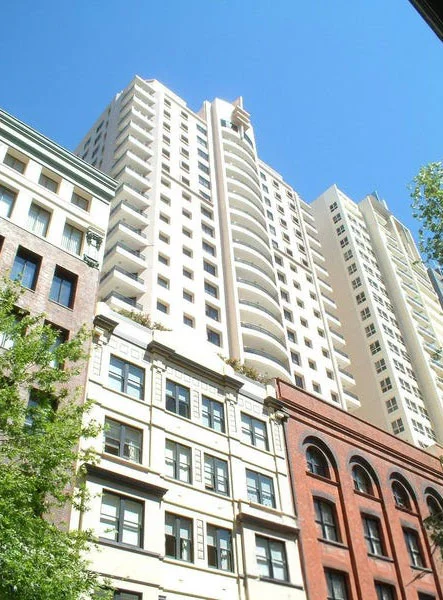
Windsor on Kent, NSW – Modernisation
Modernisation of three passenger lifts. Installed KONE Gearless machines, new controllers, car power door operator, car and landing operating fixtures.
Three passenger lifts were modernised with upgraded traction systems, microprocessor controls, and enhanced safety measures. The works improved energy efficiency, reduced downtime, and ensured compliance with AS1735 and WHS requirements, enhancing the living experience for residents.
From Planning to Completion
Your Lift Strategy - Expertly managed from concept to certification
At Equity Elevator Management, we combine engineering expertise, independent consultancy, and structured project delivery to guide you through every stage of your lift modernisation, replacement, or new installation.
Assess, analyse, and advise on the best lift modernisation or replacement project solution.
Prepare clear specifications and manage tenders to secure the most competitive outcomes.
Review proposals independently and recommend the best-fit contract for your project.
Negotiate terms, manage contracts, and ensure a smooth project launch.
Oversee installation, conduct final testing, and achieve full safety certification.
FAQ
Frequently Asked Questions About Lift Modernisation, Replacement & Installation
Managing your building’s lift systems can feel complex, especially when balancing compliance, safety, performance, and budget.
We’ve answered some of the most common questions building owners, strata managers, and facilities teams ask about lift assessments, maintenance contracts, and long-term asset planning. If you’re still unsure, we’re just a call away.
What is the typical lifespan of a lift, and when should I plan for replacement?
Most passenger lifts deliver 20–30 years of service depending on duty, environment and maintenance quality. Start planning 5–10 years before end‑of‑life with an independent condition and compliance audit. That report maps risks against AS 1735 and NCC E3, identifies obsolescence and safety gaps, and sets budgets and timelines. Early planning avoids rushed tenders, reduces cost escalation and keeps access available for residents and tenants.
What early warning signs indicate lift failure risk?
Watch for frequent door reversals, noisy machines, slow starts, floor mis‑levelling, hot machine rooms, intercom faults and unexplained call‑backs. Patterns matter: rising call‑backs or repeated entrapments typically signal underlying component wear or control issues. An audit with data review separates nuisance alarms from genuine risk and prioritises a safe, cost‑effective fix.
What’s the difference between modernisation and refurbishment?
Refurbishment is largely cosmetic, cab finishes, lighting and fixtures—while modernisation targets critical systems like controllers, VVVF drives, door operators, safety circuits and communication devices. Modernisation improves compliance, reliability and energy performance, often with new emergency features. We help decide scope using lifecycle data, parts availability and DDA accessibility needs so you invest where it matters, not just where it looks good.
How can modernisation improve safety compliance?
Modernisation closes gaps against AS 1735 parts and NCC E3 requirements by addressing levelling accuracy, door protection, overspeed/rollback risks, emergency communication, car lighting and fire‑service controls. We prioritise safety‑critical defects first, then accessibility and energy upgrades. The result is lower incident risk, clearer regulatory evidence and better resident confidence, especially important for ageing assets serving vulnerable users in strata and aged care.
Will modernisation improve ride comfort and performance?
Yes. New controllers and vector drives deliver smoother acceleration and deceleration; upgraded door equipment reduces noise and nuisance faults; re‑roping or belt renewal restores ride quality; and car operating panels improve user experience. We also address vibration, fan noise and lighting. A performance baseline taken before works proves the uplift in dispatch times, levelling and ride quality after commissioning and handover.
Can modernisation be staged to spread costs?
Absolutely. Staging reduces downtime and spreads capital spend while tackling the largest risks first. Common sequences include door equipment this year, controller/drive next, followed by fixtures and car finishes. We align stages with WHS risk, parts obsolescence and budget cycles, and we specify open‑protocol interfaces to keep options open. Clear staging plans also help strata committees communicate timelines and costs to owners.
What’s involved in a full lift replacement project?
Expect feasibility and design, structural checks, detailed specification, competitive tender, contract, demolition, installation, testing and certification. We coordinate builder’s works, services trades, hoarding, craneage and access arrangements, and we maintain temporary accessibility measures. A typical single‑car replacement takes about 10–16 weeks on site, but careful planning of approvals and stakeholder communication prevents unnecessary downtime or disputes during the build.
How do Australian Standards affect design choices?
AS 1735 series and NCC Part E3 drive key decisions: car size and door width for accessibility (AS 1735.12), fire‑service controls and emergency operation, emergency communication, signage, and landing door protection. These requirements influence shaft dimensions, pit/headroom needs and control layouts. We translate the standards into practical specifications so tenders meet compliance without gold‑plating or costly post‑award variations.
How do I ensure my lift is DDA-compliant?
Follow AS 1735.12 for car sizes, door widths, button heights, tactile/Braille, audible/visual indications and emergency communication. We assess current gaps and deliver a staged plan that addresses high‑impact changes first within building constraints. Clear documentation supports approvals and helps committees communicate accessibility benefits to residents and visitors.
What sustainable options are available for new lifts?
Energy‑efficient gearless machines, regenerative drives, standby/sleep modes, LED lighting and efficient car ventilation all reduce kWh and running costs. Traffic optimisation (e.g., destination control in suitable buildings) cuts unnecessary trips. We quantify expected savings and carbon impact for NABERS or ESG reporting and recommend procurement clauses that lock in energy performance, rather than leaving it as an optional add‑on.
How can I future‑proof my lift investment?
Choose open‑protocol controls, documented interfaces and widely supported component families to avoid vendor lock‑in. Allow space for future car size or door width upgrades, and enable monitoring via BMS/IoT gateways. Specify modern emergency comms, battery back‑up and accessibility fixtures that meet AS 1735.12. We provide a lifecycle roadmap so your asset remains compliant, maintainable and upgradeable over decades.
What is regenerative drive technology?
Regenerative drives convert braking energy into usable electricity rather than dissipating it as heat. Benefits include lower energy costs, reduced machine‑room cooling demand and improved sustainability metrics. Suitability depends on machine type, duty profile and building infrastructure. We confirm prerequisites and quantify realistic savings before inclusion in a tender scope.
What is the cost range for typical modernisations in Australia?
Costs vary by capacity, travel, site constraints and scope. Indicatively, controller/drive + doors might start around AUD $80k–$120k per car; comprehensive modernisations including fixtures and communication systems may reach $150k–$250k+. Full replacements can exceed $220k–$400k per car in complex shafts. Independent tendering, like‑for‑like scope and clear KPIs help keep pricing competitive and transparent.
Safer, smarter buildings
Minimise Disruption, Maximise Asset Value
Avoid costly repairs, compliance risks, and downtime. Upgrade your lift today with a tailored lift modernisation plan that enhances safety, reduces costs, and keeps your building running smoothly.
